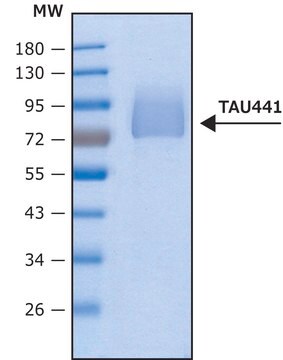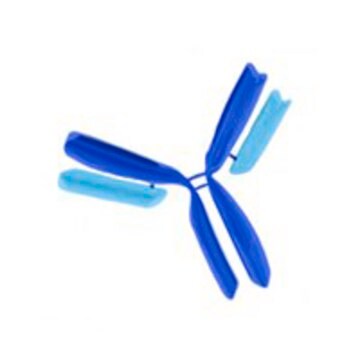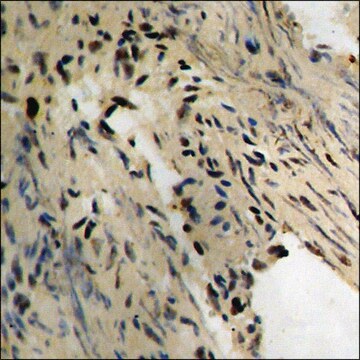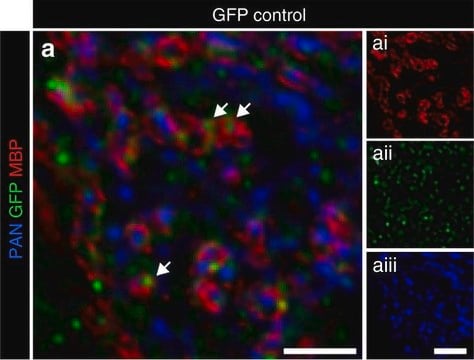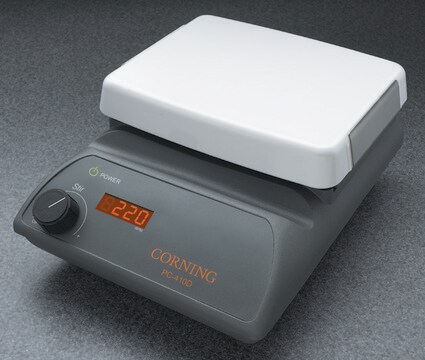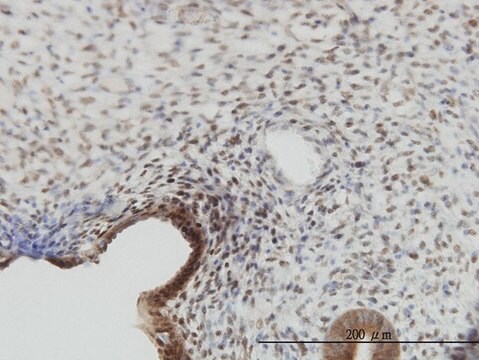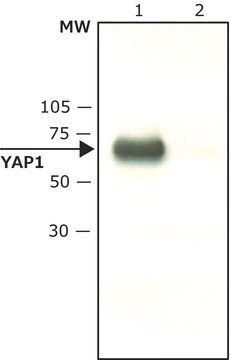MABN2275
Anti-phospho-Tau (Ser235) Antibody, clone RN235
clone RN235, from mouse
Synonim(y):
Microtubule-associated protein tau, Neurofibrillary tangle protein, Paired helical filament-tau, PHF-tau
About This Item
ELISA
IF
IHC
WB
dot blot: suitable
immunofluorescence: suitable
immunohistochemistry: suitable (paraffin)
western blot: suitable
Polecane produkty
pochodzenie biologiczne
mouse
forma przeciwciała
purified immunoglobulin
rodzaj przeciwciała
primary antibodies
klon
RN235, monoclonal
reaktywność gatunkowa
mouse, human
opakowanie
antibody small pack of 25 μg
metody
ELISA: suitable
dot blot: suitable
immunofluorescence: suitable
immunohistochemistry: suitable (paraffin)
western blot: suitable
izotyp
IgG1κ
numer dostępu NCBI
numer dostępu UniProt
docelowa modyfikacja potranslacyjna
phosphorylation (pSer235)
informacje o genach
human ... MAPT(4137)
Opis ogólny
Specyficzność
Immunogen
Zastosowanie
Dot Blot analysis: A representative lot detected phosphorylated recombinant human tau (pSer235), but not the non-phosphorylated recombinant human tau (Tau). (Courtesy of Rebecca Nisbet, Ph.D., University of Queensland, Brisbane, Austraila).
Immunofluorescence Analysis: A representative lot detected phospho-tau (Ser235) in K3 and rTg4510 tau transgenic mouse brains (Courtesy of Rebecca Nisbet, Ph.D., University of Queensland, Brisbane, Austraila).
Immunohistochemistry (Paraffin) Analysis: A representative lot detected phospho-Tau (Ser235) in human Alzheimer s disease (AD) brain tissue sections. (Courtesy of Rebecca Nisbet, Ph.D., University of Queensland, Brisbane, Austraila).
ELISA Analysis: A representative lot full-length human recombinant phospho-tau (Ser235) or GSK-3 beta phosphorylated tau (pTau), but not the non-phosphorylated tau (Courtesy of Rebecca Nisbet, Ph.D., University of Queensland, Brisbane, Austraila).
Western Blotting Analysis: A representative lot detected phospho-tau (pSer235) K3 tau transgenic mouse brain homogenates, but not in homogenates from tau knock-out (KO) (Courtesy of Rebecca Nisbet, Ph.D., University of Queensland, Brisbane, Austraila).
Neuroscience
Jakość
Western Blotting Analysis: 2 µg/mL of this antibody detected Microtubule-associated protein tau (pSer235) in brain tissue lysates from K3 transgenic mouse, but not in brain of microtubule-associated protein tau (MAPT) knock out mouse.
Opis wartości docelowych
Postać fizyczna
Przechowywanie i stabilność
Inne uwagi
Oświadczenie o zrzeczeniu się odpowiedzialności
Nie możesz znaleźć właściwego produktu?
Wypróbuj nasz Narzędzie selektora produktów.
Kod klasy składowania
12 - Non Combustible Liquids
Klasa zagrożenia wodnego (WGK)
WGK 1
Temperatura zapłonu (°F)
Not applicable
Temperatura zapłonu (°C)
Not applicable
Certyfikaty analizy (CoA)
Poszukaj Certyfikaty analizy (CoA), wpisując numer partii/serii produktów. Numery serii i partii można znaleźć na etykiecie produktu po słowach „seria” lub „partia”.
Masz już ten produkt?
Dokumenty związane z niedawno zakupionymi produktami zostały zamieszczone w Bibliotece dokumentów.
Nasz zespół naukowców ma doświadczenie we wszystkich obszarach badań, w tym w naukach przyrodniczych, materiałoznawstwie, syntezie chemicznej, chromatografii, analityce i wielu innych dziedzinach.
Skontaktuj się z zespołem ds. pomocy technicznej
